Aging Population
The demographic shift towards an aging population is significantly influencing the Voice Prosthesis Devices Market. As individuals age, they become more susceptible to various health conditions, including those affecting the vocal cords and throat. This demographic trend suggests a growing market for voice prosthesis devices, as older adults may require these solutions due to age-related ailments or surgeries. Projections indicate that by 2030, the number of individuals aged 65 and older will reach unprecedented levels, thereby increasing the potential customer base for voice prosthesis devices. The Voice Prosthesis Devices Market must adapt to this demographic change by developing products that cater specifically to the needs of older adults, ensuring accessibility and ease of use.
Rising Incidence of Laryngeal Cancer
The increasing prevalence of laryngeal cancer is a notable driver for the Voice Prosthesis Devices Market. As the number of diagnosed cases rises, the demand for effective voice restoration solutions grows correspondingly. According to health statistics, laryngeal cancer cases have shown a steady increase, leading to a heightened need for voice prosthesis devices. This trend is likely to continue, as early detection and improved treatment options contribute to higher survival rates, necessitating the use of voice prostheses for many patients. The Voice Prosthesis Devices Market is thus positioned to expand, catering to the needs of individuals seeking to regain their vocal capabilities post-treatment. Furthermore, awareness campaigns regarding laryngeal cancer may further drive market growth, as more patients become informed about available voice restoration options.
Technological Innovations in Prosthetic Devices
Technological advancements in prosthetic devices are reshaping the Voice Prosthesis Devices Market. Innovations such as improved materials, enhanced design, and advanced functionality are making voice prostheses more effective and user-friendly. For instance, the introduction of smart prosthetic devices that can be controlled via mobile applications is gaining traction. These innovations not only improve the quality of life for users but also attract new customers to the market. Market data indicates that the adoption of technologically advanced voice prosthesis devices is on the rise, with a projected growth rate of over 10% annually. This trend underscores the importance of continuous research and development in the Voice Prosthesis Devices Market to meet evolving consumer expectations.
Increased Awareness and Acceptance of Voice Prosthesis
The growing awareness and acceptance of voice prosthesis devices among healthcare professionals and patients is a crucial driver for the Voice Prosthesis Devices Market. Educational initiatives and advocacy programs have played a significant role in informing both patients and medical practitioners about the benefits of voice prostheses. As more healthcare providers recognize the importance of voice restoration, they are more likely to recommend these devices to patients. This shift in perception is likely to lead to increased adoption rates, thereby expanding the market. Furthermore, patient testimonials and success stories contribute to a positive image of voice prosthesis devices, encouraging others to seek these solutions. The Voice Prosthesis Devices Market stands to benefit from this growing acceptance, as it fosters a supportive environment for innovation and product development.
Integration of Voice Prosthesis in Rehabilitation Programs
The integration of voice prosthesis devices into rehabilitation programs is emerging as a significant driver for the Voice Prosthesis Devices Market. Rehabilitation centers are increasingly incorporating voice restoration solutions into their treatment protocols for patients recovering from laryngeal surgeries or injuries. This trend indicates a shift towards a more holistic approach to patient care, where voice rehabilitation is prioritized alongside physical recovery. Data suggests that rehabilitation programs that include voice prosthesis training yield better outcomes for patients, enhancing their overall quality of life. As healthcare providers recognize the value of comprehensive rehabilitation, the demand for voice prosthesis devices is expected to rise. The Voice Prosthesis Devices Market must align with these rehabilitation trends to ensure that their products are effectively integrated into patient care pathways.
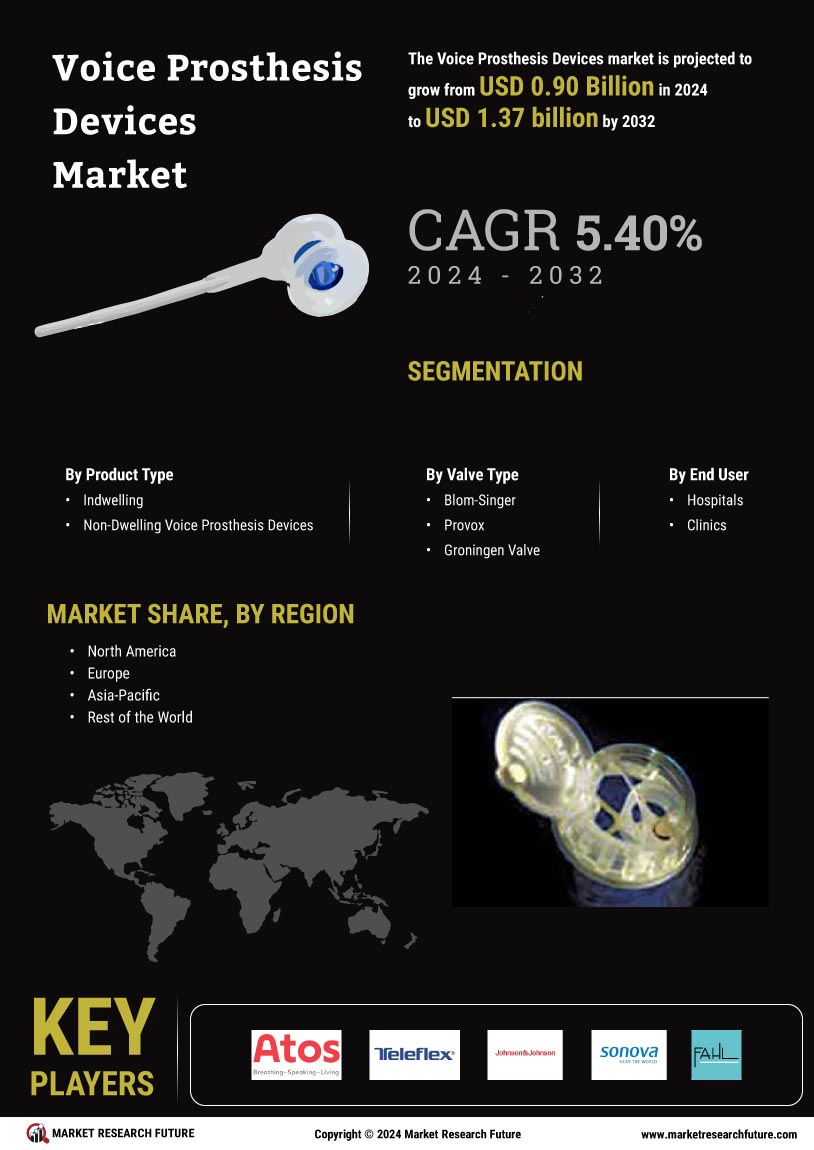

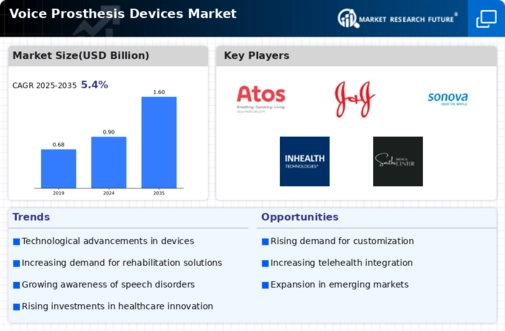
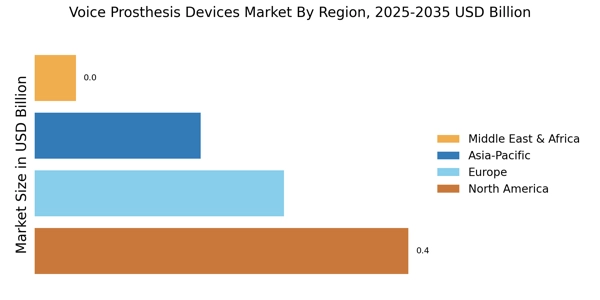
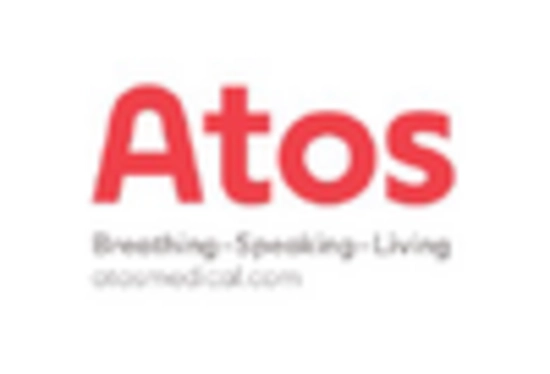

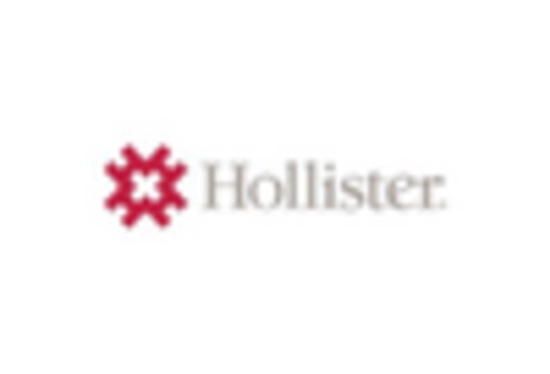


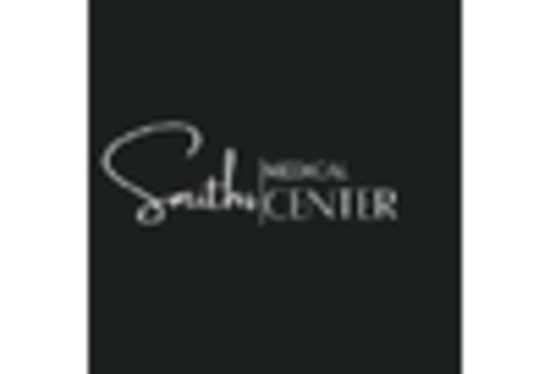








Leave a Comment